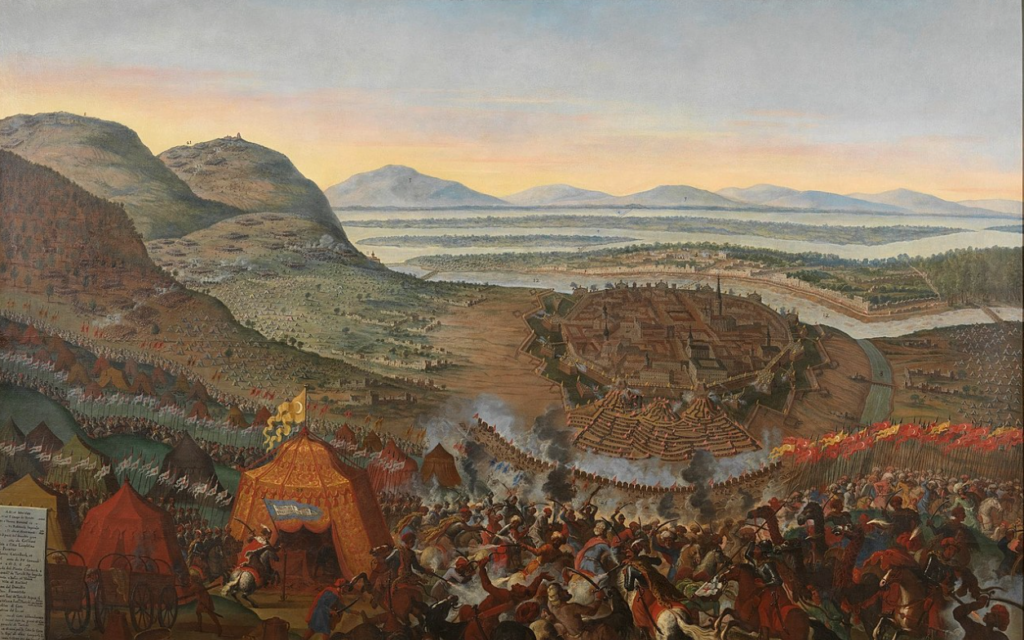
The Battle of Vienna, fought on September 11, 1683, was a pivotal moment in European history, marking the end of the Ottoman Empire’s expansion into Central Europe. The Ottoman army, led by Grand Vizier Kara Mustafa Pasha, laid siege to the city of Vienna, the capital of the Habsburg Monarchy, with the intention of further expanding the Ottoman Empire into Europe.
The Ottomans had already made significant inroads into southeastern Europe, and Vienna was seen as the last major obstacle to their continued dominance in the region. The siege lasted for several weeks, and the situation for the defenders of Vienna became increasingly desperate. However, the Habsburgs managed to rally a relief army, which included forces from the Holy Roman Empire, Poland, and other European allies.
The Polish king, John III Sobieski, played a crucial role in the victory. His forces arrived just in time to reinforce the defenders and launched a decisive attack on the Ottoman army. The combined European forces decisively defeated the Ottoman troops, forcing them to retreat.
The defeat at Vienna marked a turning point for the Ottoman Empire. It was the first major defeat for the Ottomans in Europe and signaled the end of their expansion into the continent. Following the battle, the Ottomans were pushed back and lost much of their previous territorial gains in the region.
The victory at Vienna also had a significant impact on the broader European balance of power. It boosted the morale of European nations and initiated a period of military and political cooperation among European states against Ottoman influence. The battle is often seen as the beginning of the Ottoman Empire’s slow decline, which continued over the next centuries as the empire struggled to maintain its power and territory.
In summary, the Battle of Vienna in 1683 was a decisive moment in European history, marking the end of Ottoman expansion into Europe and beginning a shift in the power dynamics of the continent.